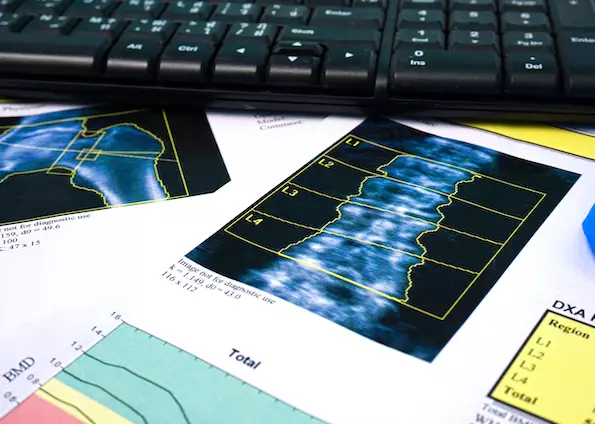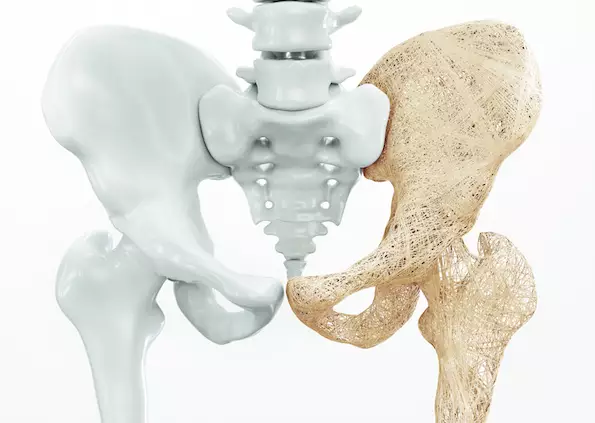Bone densitometry, also known as DEXA, uses a small amount of ionizing radiation to produce images of the lumbar spine (lower back) and hips to measure bone loss. It is commonly used to detect osteoporosis and to evaluate the risk for developing fractures due to bone deterioration. A DEXA scan measures the mineral content of the bones such as the hip, spine and/or wrist that are more prone to bone loss. This noninvasive screening exam is the most commonly used method for diagnosing osteoporosis.
Healthcare providers recommend a DEXA scan every two years to assess bone health, osteoporosis and fracture risk. These screening exams are performed on individuals who are 65 or older, have had x-rays that show bone loss, have experienced vertebral fractures, or have other chronic illnesses that put their bone health at risk.



